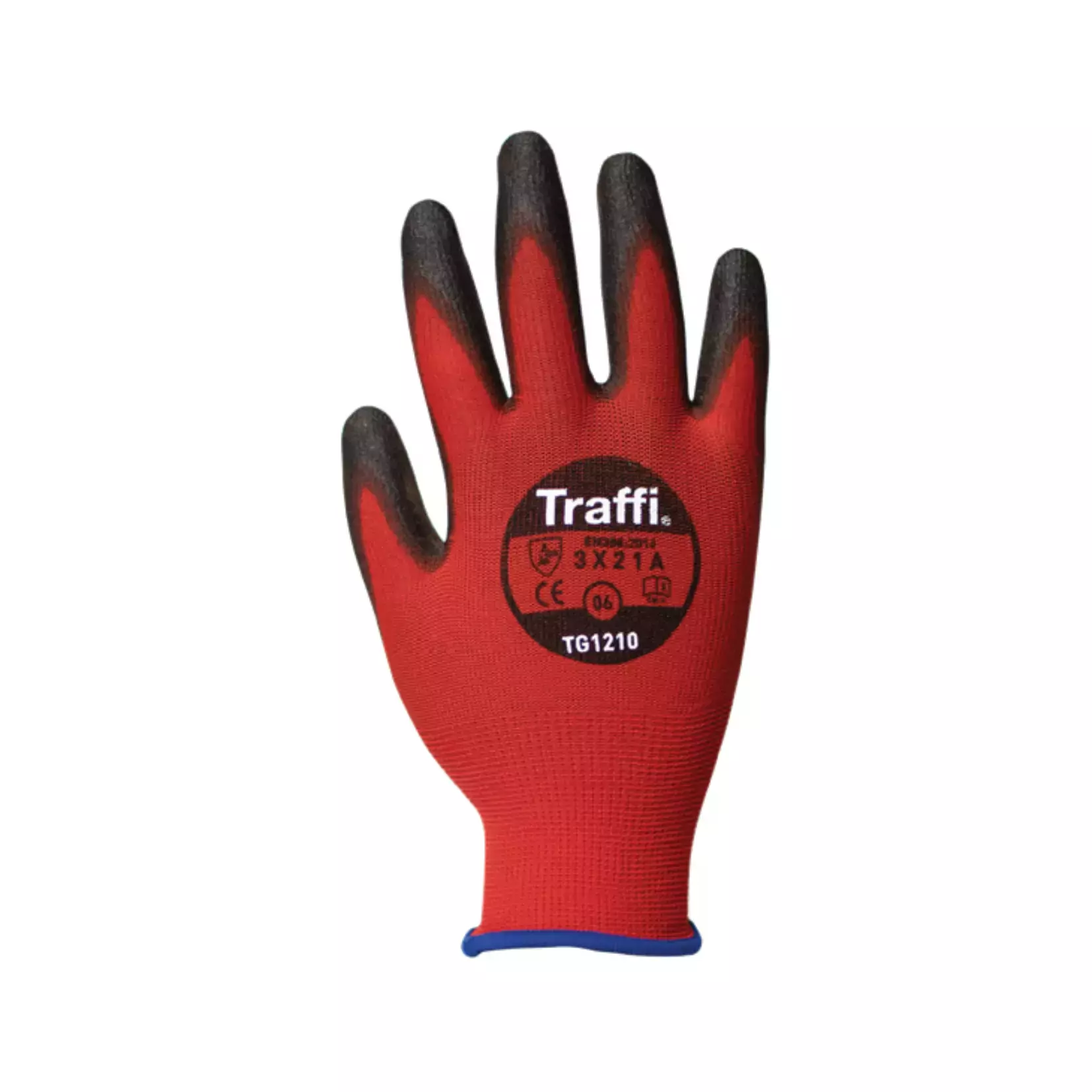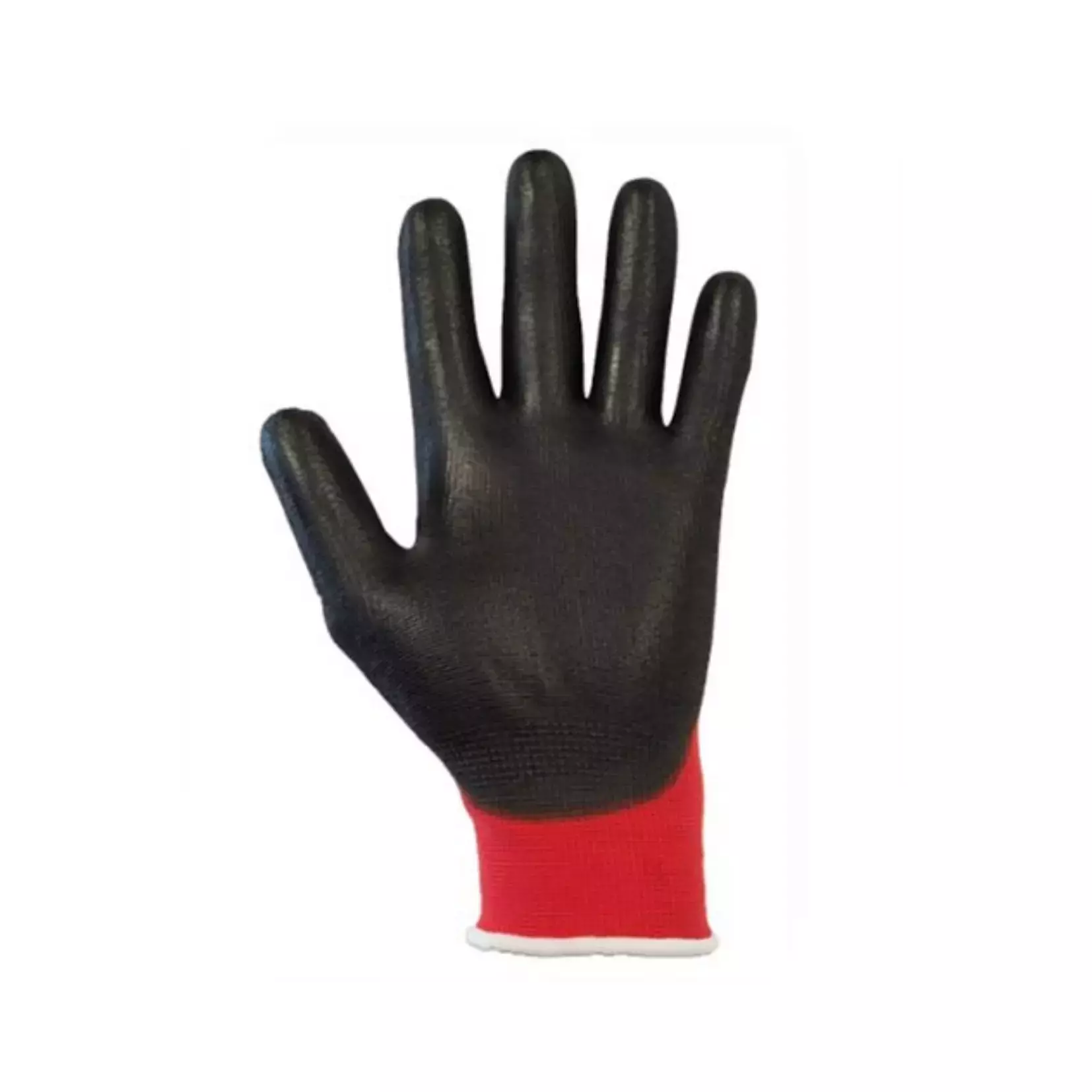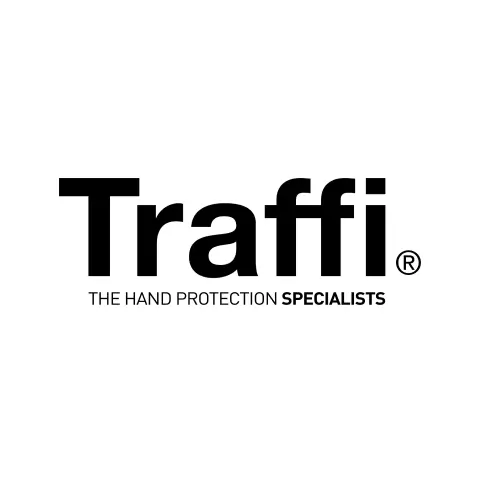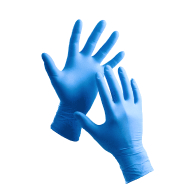Class A Cut Restistant Gloves
4.9 / 5
Product description
Traffi X-Dura metric PU Class A työkäsine 200 käsineparin myyntierässä.
Suojausluokka A. Pohjamateriaali polyetyleeni, pinnoitemateriaali polyuretaani.
Soveltuu ideaalisti autokorjaamoille ja varastotyöntekijöille.
Traffi on värikoodannut työkäsineet seuraavasti
Punainen: Suojaa vähiten
Keltainen: Soveltuu hieman raskaampaan käyttöön
Vihreä: Suojaa eniten
About Finger Coated Cut Protection Gloves
Finger Coated Cut Protection Gloves feature targeted coating on fingertips for enhanced grip and cut resistance while maintaining dexterity. Perfect for precision tasks in manufacturing, assembly, and handling sharp materials, these gloves offer the ideal balance of protection and tactile sensitivity.
- Cut Resistant
- Hand Protection
Standards and labels
Traffi delivery terms
Free delivery when you order more than 150,00 € from Traffi
Supplier shipping fee 4,74 €
Brand minimum 0,00 €
Price available on request
Shipping fee is 4,74 € for orders under 150,00 €
A package contains 10 pairs




